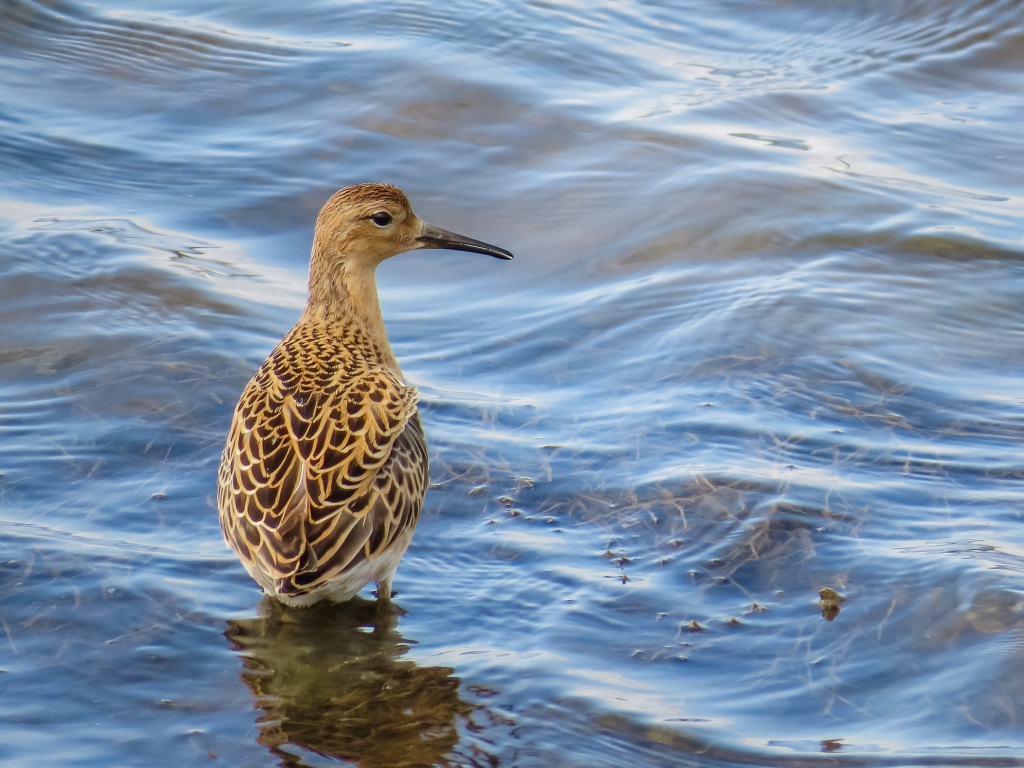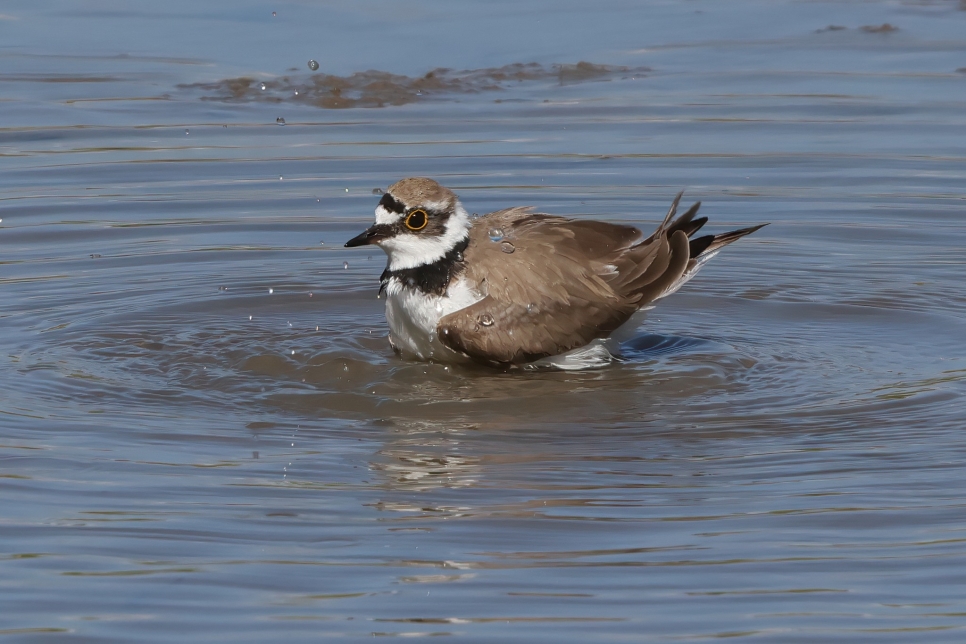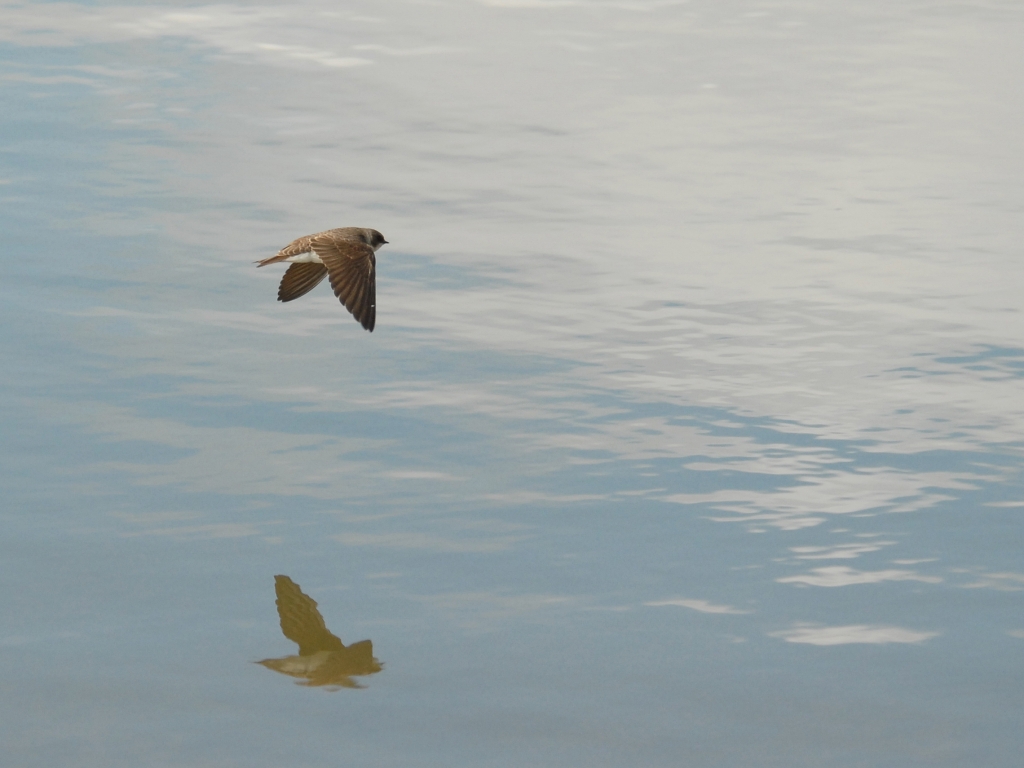Recent Wildlife Sightings 8-12 April
Highlights: Reed Warbler, Sedge Warblers, Grass Snake, Slow Worm, White Throat
With the recent visit of Storm Kathleen, this week's weather has been filled with rain, stormy high winds and sunshine.
Highlights: Reed Warbler, Sedge Warblers, Grass Snake, Slow Worm, White Throat
For most of the week, the Little Ringed Plover and the Common Sandpiper returned to the Freshwater Lagoon. With the recent installation of the speakers to the Sand Martin artificial bank, there has been a successful showing of Sand Martins within the first few days. The speaker plays a Sand Martin call, the idea is for them to assume there are Sand Martins nesting and therefore nest themselves. You will usually see them darting around and taking interest in the bank. We are hoping for a good breeding season.
The return of summer visitors Sedge Warblers and Reed Warblers were heard and seen this week in the Eastern Scrapes, Bittern Reed Bed and Vole City areas. Sedge Warblers have an identifying broad, creamy strip above their eye and greyish-brown legs. Mainly brown in colour with blackish streaks, it has a white creamy underneath. The Reed Warblers are less distinctive with a warm brown top, beige underneath completely plain and unstreaked.
There has been success under some of the reptile and amphibian hibernaculum habitat sheets with a Grass Snake and Slow Worm being spotted. Amphibians and reptiles use these habitats in the winter to keep warm, then when the weather improves they use the sheets to warm up by basking to gain back their energy. Grass snakes are the largest species of snake within the United Kingdom, greenish colour with a pale belly and an identifying yellow and black collar with dark markings down the side. Neither a worm or snake, the legless lizard Slow Worm has the ability to shed it's tail and also blinks with its eyelids.
The medium-sized summer visitor the White Throat was spotted this week near the British Steele Hide. White Throats have an identifying white area on their throat and a main body colour of grey-brown. While females have more of a brown head, males have more of a grey head. These birds visit over the summer from sub-Saharan Africa and Asia to breed here.



